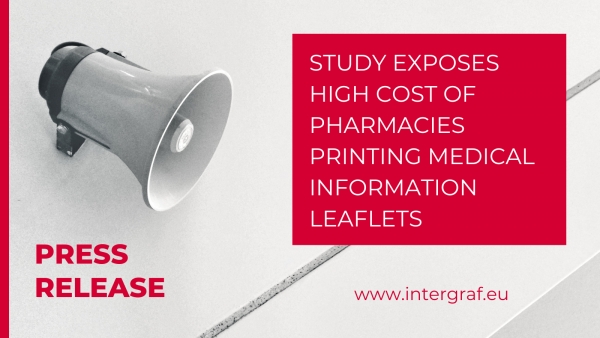20 January 2016

A view on pay increases for the print sector in 2016
The figures suggest that at this early stage of the calendar year, pay increase would be around the 2% mark for private sector manufacturing (including print), with the Retail Price Index (RPI) still currently at a low of 1.1% and the Consumer Price Index (CPI) at 0.1%.
The expected average for our industry last year was predicted at 2.5% however those surveyed at the BPIF suggested that the trend for most was nearer 2% by the year end with the average of those pay increases reported to the BPIF being around 2.2% - even with wage freezes included. Additional business costs such as auto enrolment had a part to play in this slight difference – the size and makeup of our average-sized member printer is currently smaller than the majority of those whose pay increases were published openly. A number of our members would also still have had staging dates in 2015/16.
In addition to this, in 2016, the changes to the living wage and introduction of an apprenticeship levy will possibly also have a bearing on the predicted figures for some.
The latest average figures coming through from other manufacturing sectors (automotive have been one of the first) are around the 3% mark with some companies bucking the trend with 4% and 5% increase ‘demands’ where they have recorded a positive ends to 2015.
The averages over the last few years in our sector have been:
2015 – 2.2%
2014 - 2%
2013 - 1.9%
2012 - 1.5%
These pay increases are still being paid on affordability in our sector with some companies opting for a ‘bonus’ type award rather than on the base rate. However, more companies are suggesting that things are more positive and remuneration of some description will be looked at. Performance related type of pay increases seem to remain popular and we are being asked to support members with target setting/measurement processes where they don't currently exist to assist with implementing this kind of pay increase equitably.
The Bank of England is still concerned about deflation this year - this was a talking point in the January 2016 meeting, along with the uncertainty and weaker outlook of the global economy. Most of our trading ‘threats’ are coming out of Europe or wider though as growth in our own economy continues to creep up and unemployment falls.
Whilst interest rates (and more applicably to the average homeowner, mortgage rates) remain so low, a wave of salary increase demands is not expected but around 25% of companies are reporting ‘increased expectations’ from employees this year. Around 7% of businesses will still not pay anything ie. a freeze or static situation.
Other sorts of actions are expected to be taken include upping the salaries of employees who are thought likely to leave; increasing salaries for employees that have taken on additional duties; and increasing starting salaries at the recruitment stage. But for the most part such one-off changes are for specific individuals or skills-shortage areas, rather than among the workforce more generally.
We are seeing an increased number of requests to assist with recruitment coming through the BPIF also - mostly for sales staff which whilst is encouraging in itself, those better performing individuals are likely being paid to stay where they are - these contracts should also be structured slightly differently if being remunerated correctly ie. on-target earnings etc.
Other areas where we're seeing a slight increase is in apprentice/graduate recruitment where starting salaries would tend to be lower whilst training takes place. These seem to be filling headcount where staff have left and not been replaced - either like for like or ideally, new roles to focus the business going forward. Training generally is on the increase which is always a good sign that people are being invested in as well as equipment.
 Intergraf Economic News (Paper Prices) - March 2024
Intergraf Economic News (Paper Prices) - March 2024
18 March 2024
Access the latest edition of the Economic Newsletter for the European Printing Industry for data on paper consumption, and pricing data for pulp, paper and recovered paper. Data for packaging papers and board is also available with this edition.
 STUDY EXPOSES HIGH COST OF PHARMACIES PRINTING MEDICAL INFORMATION LEAFLETS
STUDY EXPOSES HIGH COST OF PHARMACIES PRINTING MEDICAL INFORMATION LEAFLETS
7 March 2024
Intergraf welcomes the release of a study by our partner MLPS (Medical Leaflet = Patient Safety), a subgroup of the European Carton Manufacturers Association (ECMA) shedding light on the potential economic costs associated with the proposed use of Print on Demand (PoD) leaflets in the pharmaceutical legislation revision.

The BPIF is the printing industries champion. By becoming a member you join a diverse and influential community. We help you solve business problems, connect you to new customers and suppliers and make your voice heard in government.
Call 01676 526030









